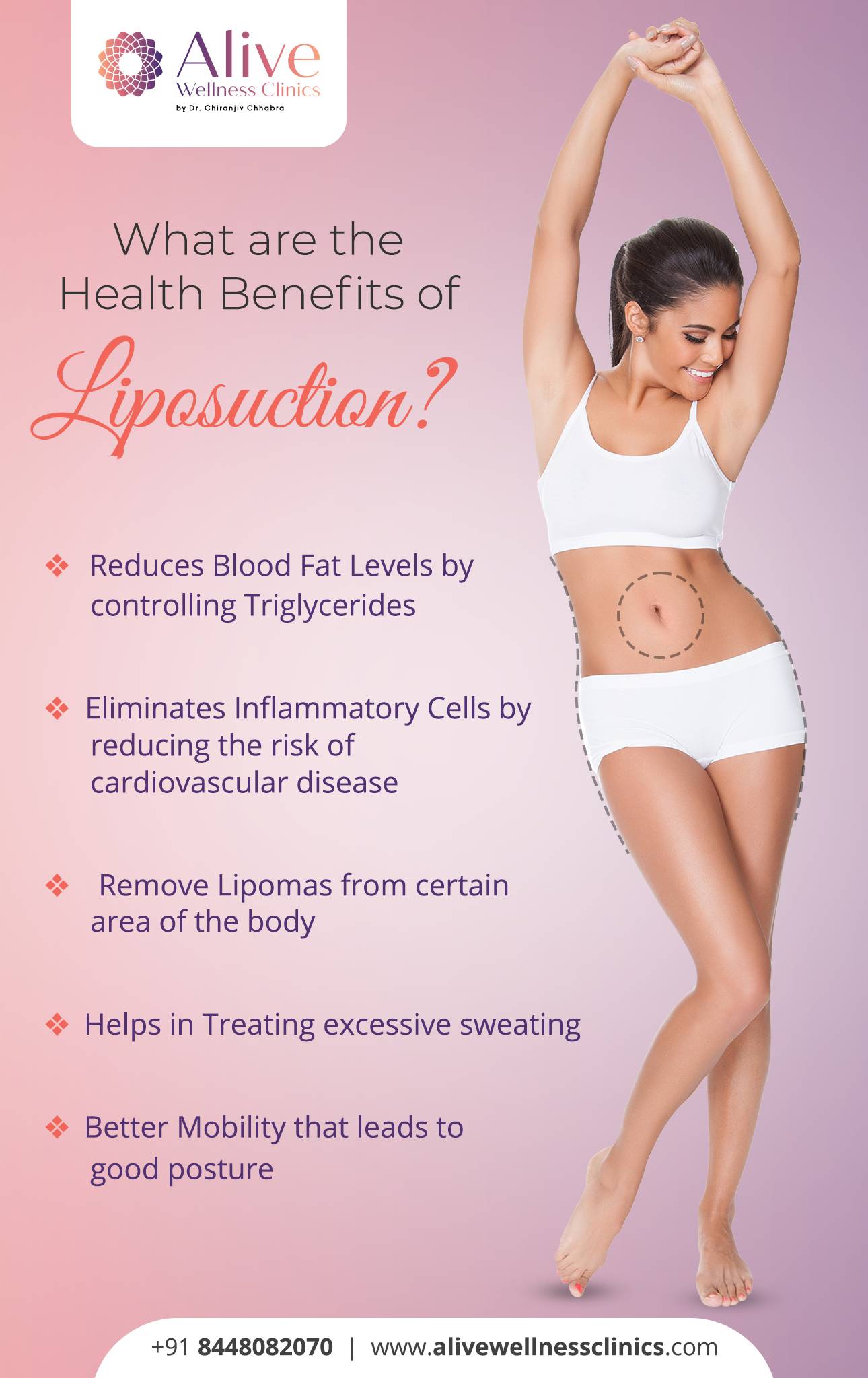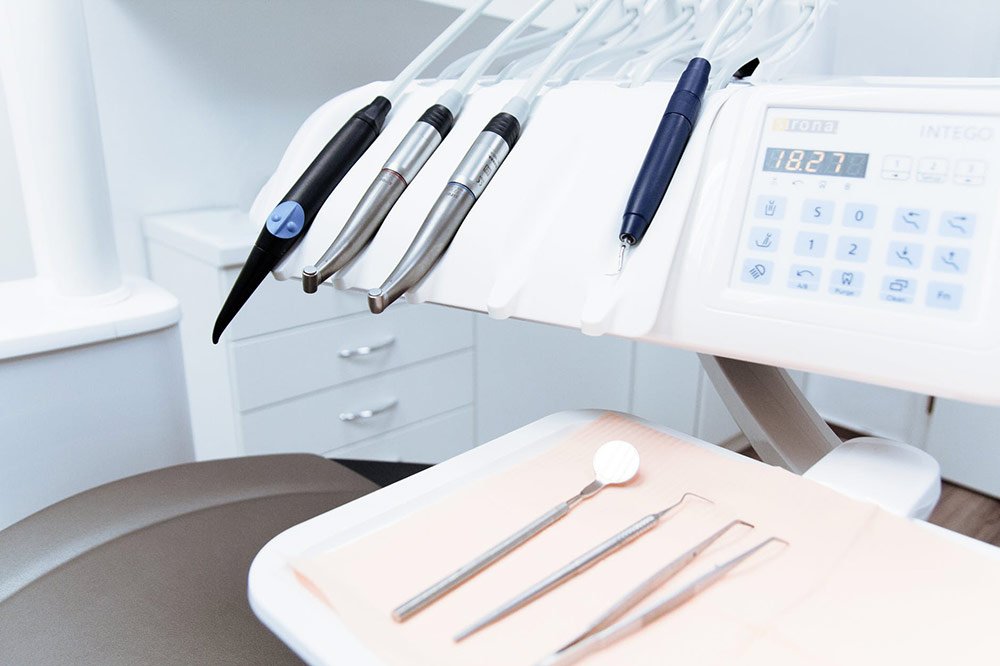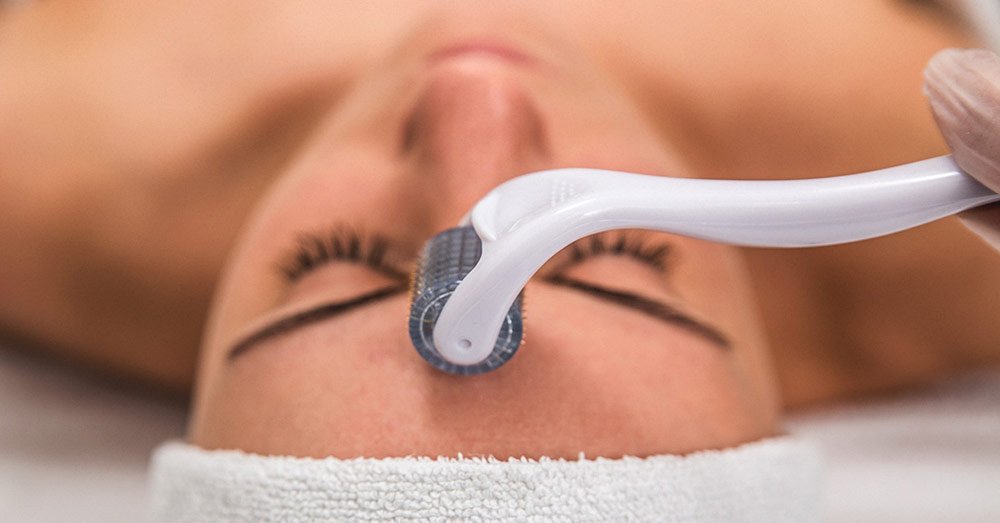Liposuction is a widely accepted cosmetic procedure to suction out the excessive accumulations of fat from the beer-bellied male or the protuberant lower abdomen of a female. Side-effects of liposuction can very well be avoided if the safety protocols are respected.
Problems: Problematic areas where a layer of stubborn fat is generally complained of are thighs, buttocks, abdomen, back of the neck, bottom of upper arms, and double chin.
Benefits: Wherein you can expect the removal of 7–8% of body fat from liposuction, the latter is not to be confused as a weight loss regime.
Risks: As it is a surgical procedure conducted under anesthesia, all intra-operative measures like cardiac function, kidney monitoring, and fluid management vigilance play a vital role in an uneventful outcome.
TABLE OF CONTENT
- Why is Liposuction Done?
- Benefits of Liposuction
- Which Health Problems are Treated with Liposuction?
- What are the Risks of Liposuction?
Takeaway
- Why is Liposuction Done?
Liposuction is done with minimal invasion into subcutaneous layers of body fat to enrich the body contour. The fundamental goal of the process is to reduce the layer/s of fat deposit with a negligible lull phase.
Who is an Ideal Candidate for Liposuction?
Ideally, an individual desiring to get rid of their muscle laxity can opt for liposuction. The prime consideration is the patient’s medical history, and one has to steer clear of any abnormalities in vitals like blood sugar, blood pressure, and blood flow. An otherwise healthy body is recommended to go ahead with this surgical procedure, and such a candidate can expect realistic goals without having to suffer major complications.
The treating doctor would additionally assess for the following basic prerequisites:
- Favorable skin elasticity: Individuals with firm skin but dogged subcutaneous fat can be treated with suction-assisted lipectomy (SAL). It does not include the fat in and around the viscera or the internal abdominal organs. Individuals having flaccid skin end up skin gouging.
- Realistic aesthetic expectations: Individuals must be clear that liposuction is not any other regular weight-loss regime. They must be approximately around 30% of their ideal weight. Permissible 8% of body fat is to be liposuctioned at the maximum.
- Non-smoker.
- Benefits of Liposuction
Sidetracking the side-effects of liposuction, when done under experienced and well-accredited practitioners, this cosmetic surgery aids in getting rid of the fat turgidity that is not attainable through exercises and diet plans.
Permanent reduction of fats from a particular area is achieved. So its dependability for proven outcomes is high. According to Dr Joe Smith, MD University Institute:
Liposuction is a medium of artistic expression that displays itself in the practical application of scientific knowledge, the production of what is beautiful, the perfection of workmanship, and the continuing improvement in technique.
Aids in achieving weight loss, thereby improving the prognosis of certain health conditions. Improves the overall standards of quality living in debilitating patients.
Uplifts the self-esteem of individuals fostering new energy and zeal to follow regular work-outs and healthy diet post-surgery. The body contouring achieved in areas that seemed impossible, with new results, proves to be the mainstay for one’s satisfaction and happiness. ‘Tummy-tucks’ is one of the most common and popular types of liposuction.
Health benefits of abdominal liposuction: The abdomen is the most sought-after area for liposuction in both genders. They have complaints of either of the following:
- Deposition of fat in the waistline sulcus, giving the lower abdomen protruded belly look
- Wrinkled skin with decreased elasticity
- The increased roundness of the belly post-pregnancy
- Pannus or apron of abdominal fat with sagging skin
All of the above can be successfully retracted to quite an extent with adequate tumescent liposuction, which is under local anesthesia. Apart from being completely safe and gentle in approach, it gives pleasing cosmetic results.
- Which Health Problems are Treated with Liposuction?
In addition to its use of body contouring and aesthetic rejuvenation, liposuction techniques can prove to be life-saving in some chronic medical conditions. Removal of adipose tissue cells improves the quality of life in these non-cosmetic conditions.
- Lymphedema: It is a condition wherein there is impaired clearance of lipids due to physiological imbalance of blood flow and lymphatic drainage. This results in the subcutaneous deposition of fat. By means of liposuction, promising stable reduction of both upper and lower limbs lymphedema can be attained.
- Lipoma: It is the most common benign soft-tissue tumor composed of adipose tissue. It is painless and can be treated by liposuction. Cosmetic end results attained are highly satisfactory.
- Gynecomastia: It is a hormonal imbalance condition characterized by swollen male breast tissue. To attain aesthetic results, cross-chest liposuction can be done with minimal invasion, decreased post-operative scars, and an effective, safe outcome.
- Lipodystrophy syndrome: It is an acquired or genetic disorder wherein the body cannot maintain and produce healthy fat tissue. This results in fat accumulation in one part of the body while lost in another. Individuals can opt for liposuction as a means of body sculpting to gain pleasing symmetrical body contours.
- What are the Risks of Liposuction?
The harmful effects of this body contouring procedure can be minimized by strictly adhering to the procedure’s safety measures and inherent limitations. Nevertheless, certain risk factors are directly related to the surgery, as under.
Fluid accumulation: Can be in the form of:
- Oedema and ecchymosis: It is inflammation and discoloration of the skin that infrequently occurs as a normal response of the tissues to surgical trauma. It occurs due to the absorption of infiltrated fluid, serum, and broken body fats by the tissues, which then return to the normal pliant state by the end of 3 months.
- Seroma: It is the formation of a cavity filled up with serous fluid due to excessive trauma to tissues with extensive destruction of fibrous tissue network or significant lymphatic damage. It settles down in 7–10 days.
- Haematoma: Its formation can be prevented by proper evaluation of platelet count, liver function tests, and coagulation profile preoperatively. Also, blunt microcannula tips play a significant role in minimizing bleeding and thereby reducing haematoma formation.
- A fat embolism occurs due to the entry of fat droplets into veins, which then travel to the lungs, leading to acute respiratory insufficiency. If it happens, the condition starts to manifest its symptoms within 12–24 hours of surgery. Such a complication can be prevented by maintaining:
- reduced surgery time
- the restricted volume of liposuction
- adequate hydration pre-operatively
- post-operative monitoring and care
- Numbness: It occurs due to injury to underlying nerves and is quite a common post-liposuction. Generally, sensations return back to normal in a year’s time. It is rarely associated with chronic unrelenting pain.
- Infection: It rarely occurs with an incidence of less than 1%. It is in a small abscess or skin necrosis which generally presents itself with erythema, pain, and blisters. Generally, it takes place in poorly controlled diabetic and immunocompromised patients. It can be avoided by proper history taking and recommending the following pre-operatively:
- To have proper glycemic control.
- Do not smoke for 2 weeks before and 7 days after surgery.
- Taking prophylactic oral antibiotics for 5–7 days
- Contour irregularities: They are surface irregularities (or waviness) that present in the form of dents, dimples, folks, grooves or wrinkles. These occur as a result of:
- Under correction or overcorrection, that is too superficial or too much liposuction. Ideally, a minimum of 5mm layer of fat must be left under the skin to prevent defects and achieve artistic body sculpting.
- Laxity and redundancy of skin
- Improper compression garment
- Fibrotic adhesions
Takeaway
Alive Wellness uses cutting-edge technology and provides the highest level of service and treatment standards.
Our team of trained surgical professionals is dedicated to keeping themselves abreast with a 3D understanding of the architecture of the body, to attain gratifying successful outcomes.
The clinic provides the best body shaping treatment in Delhi, with a state-of-the-art facility and the highest value to customer service.




